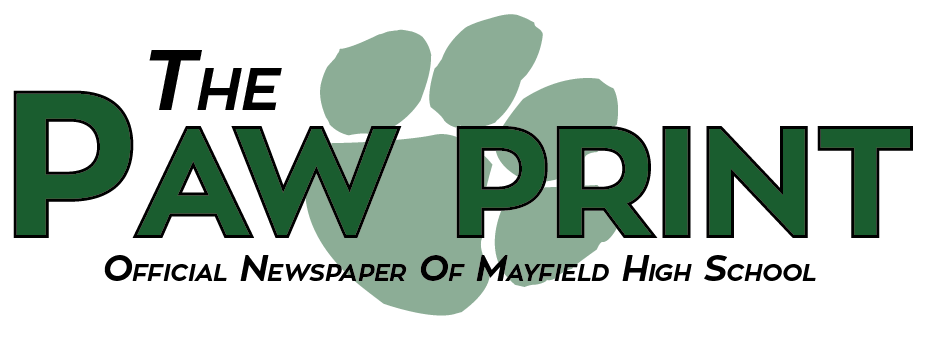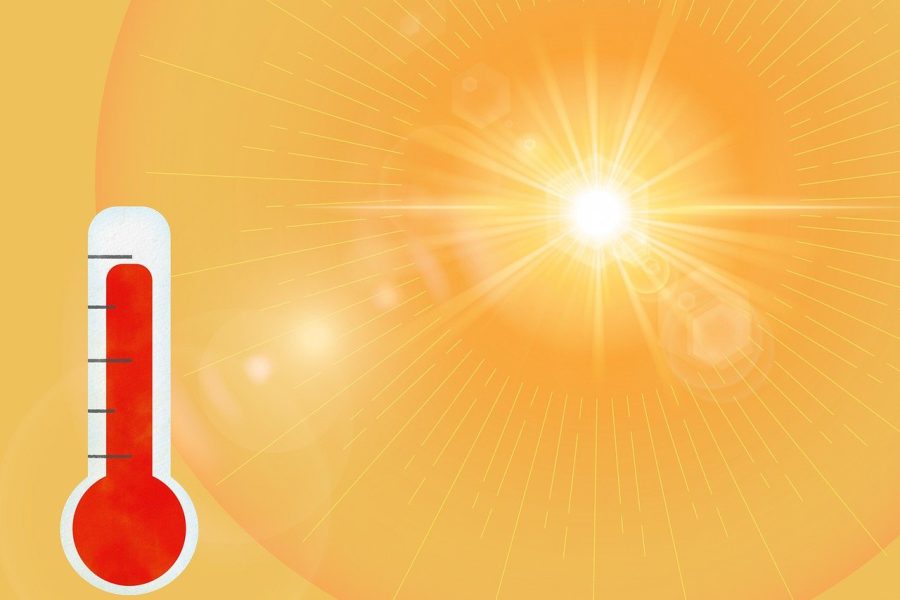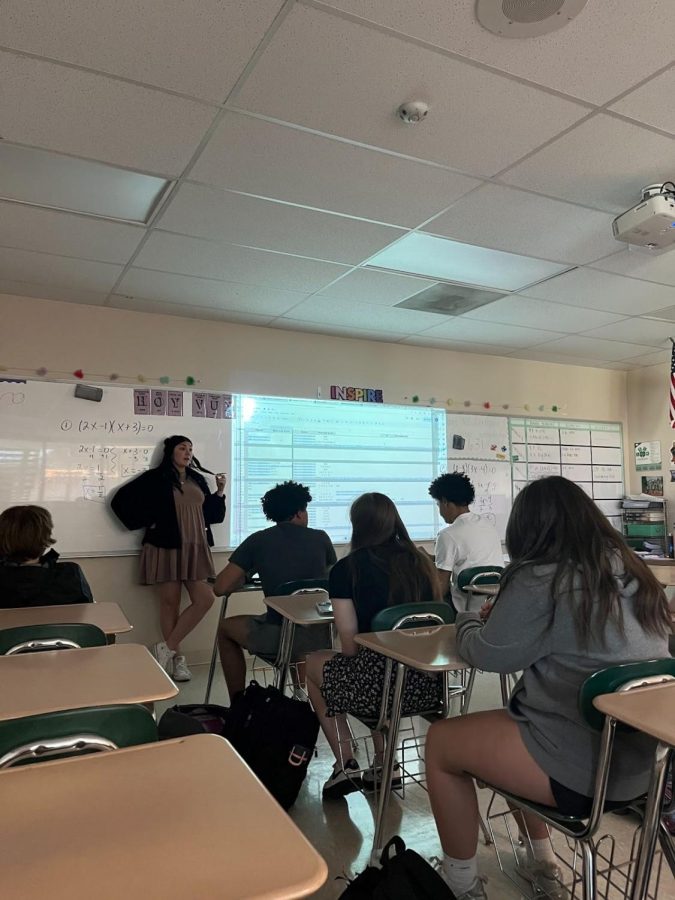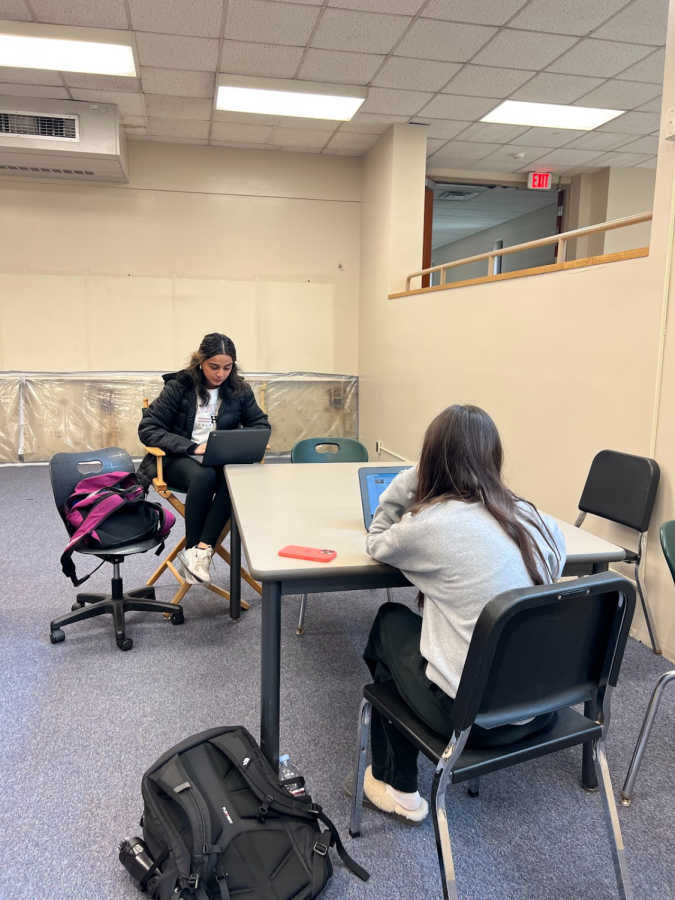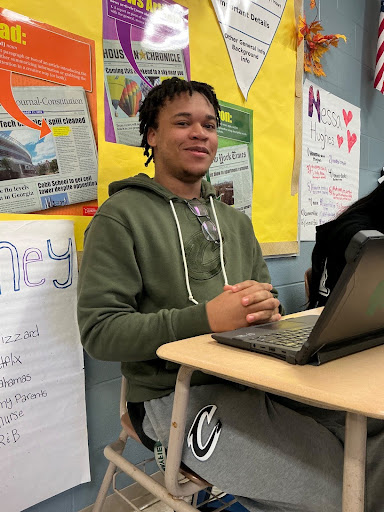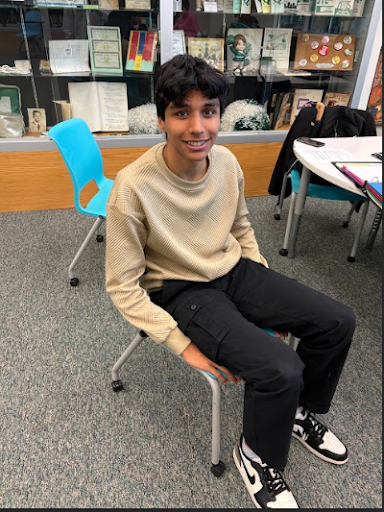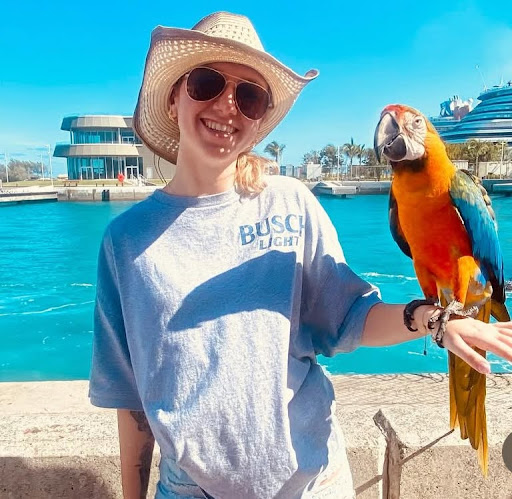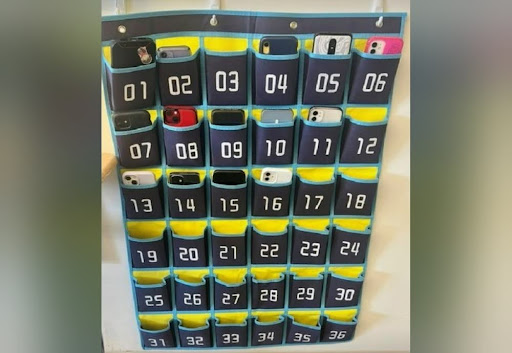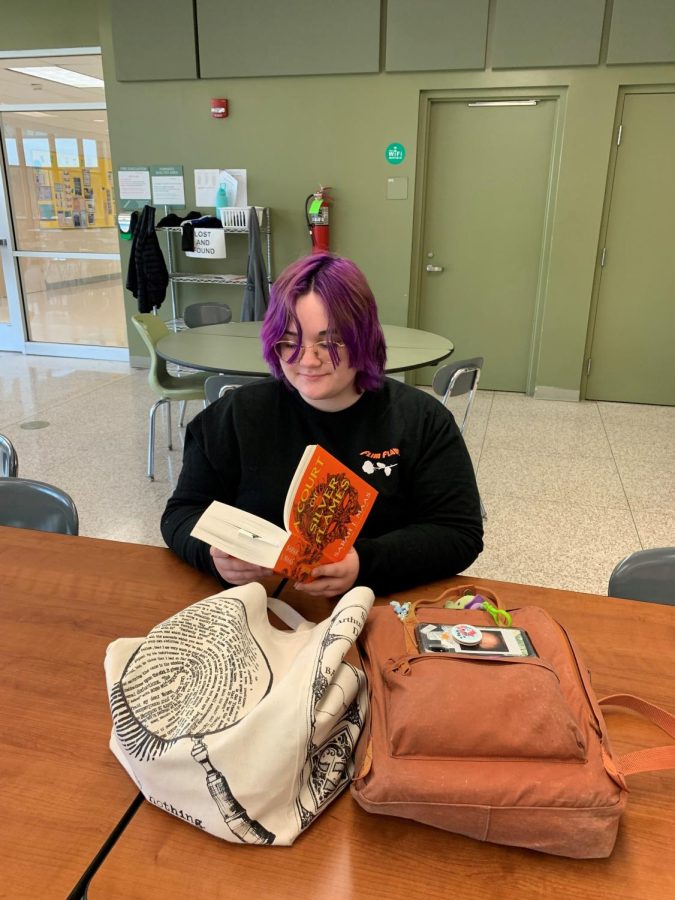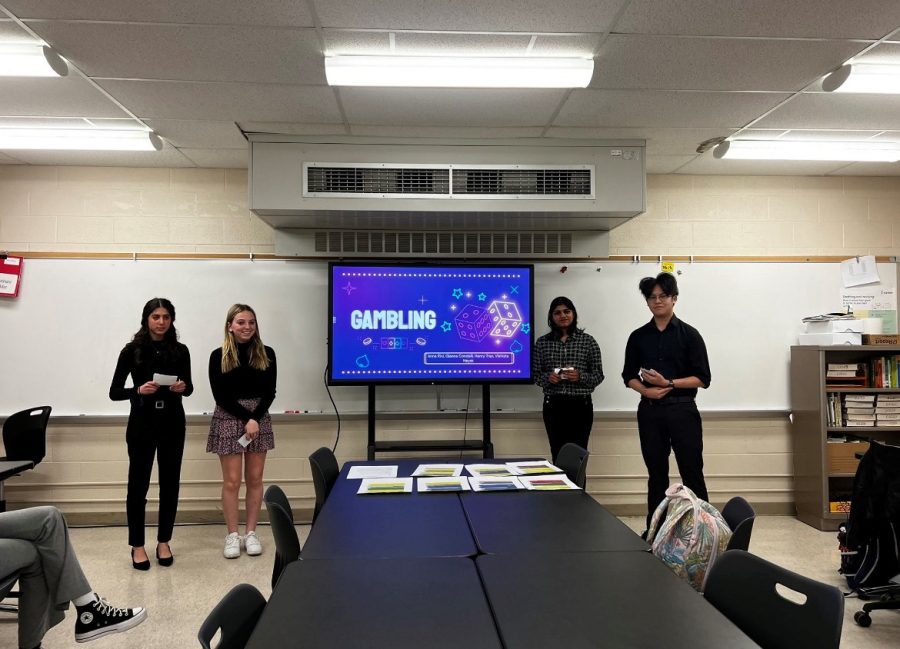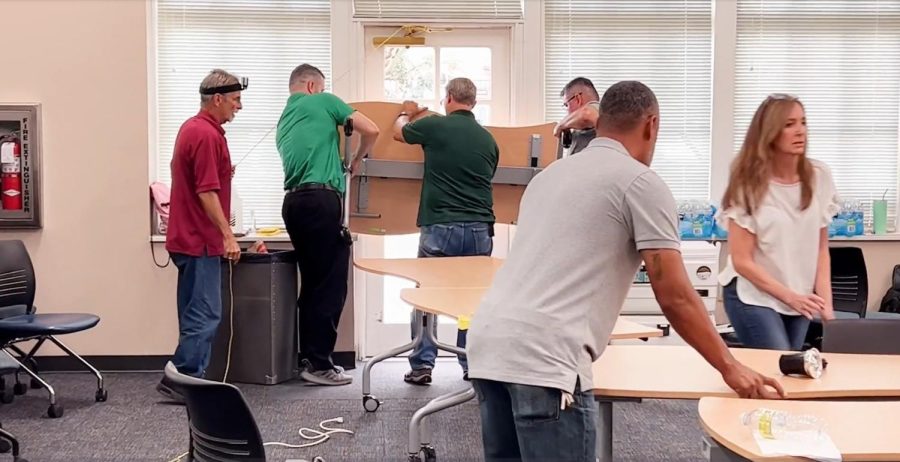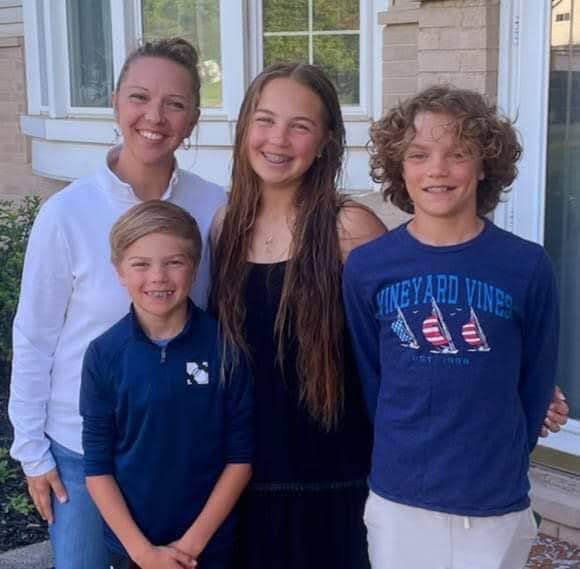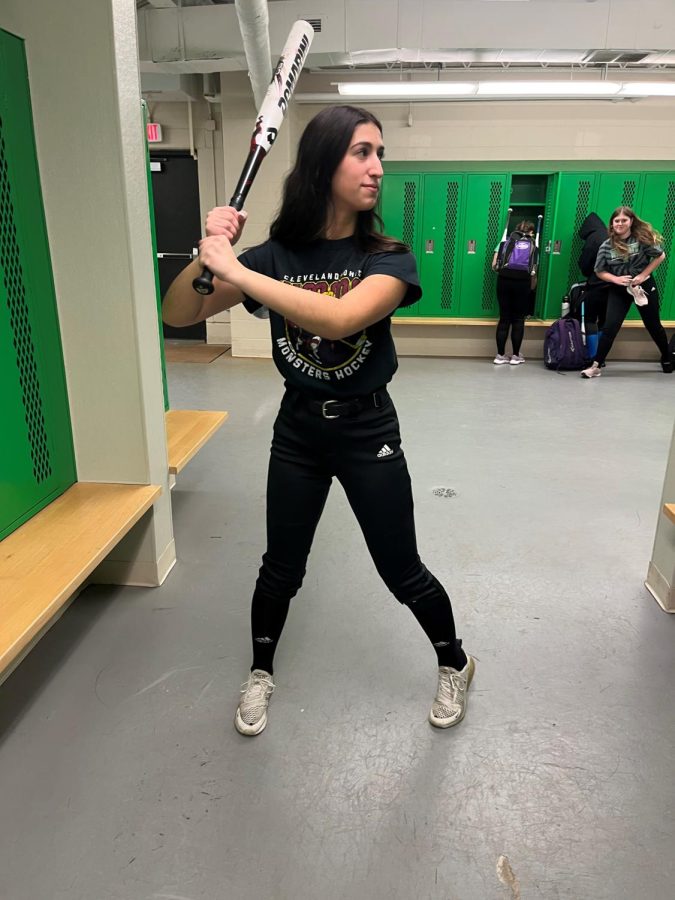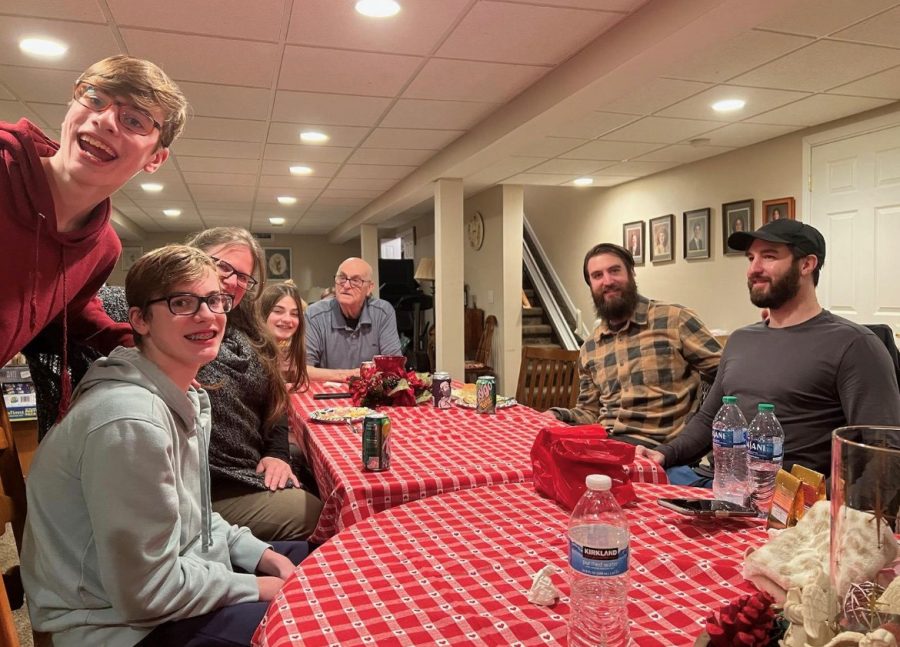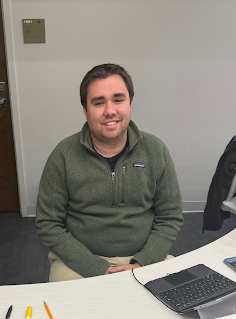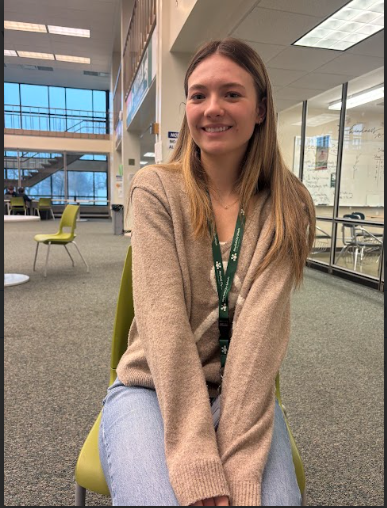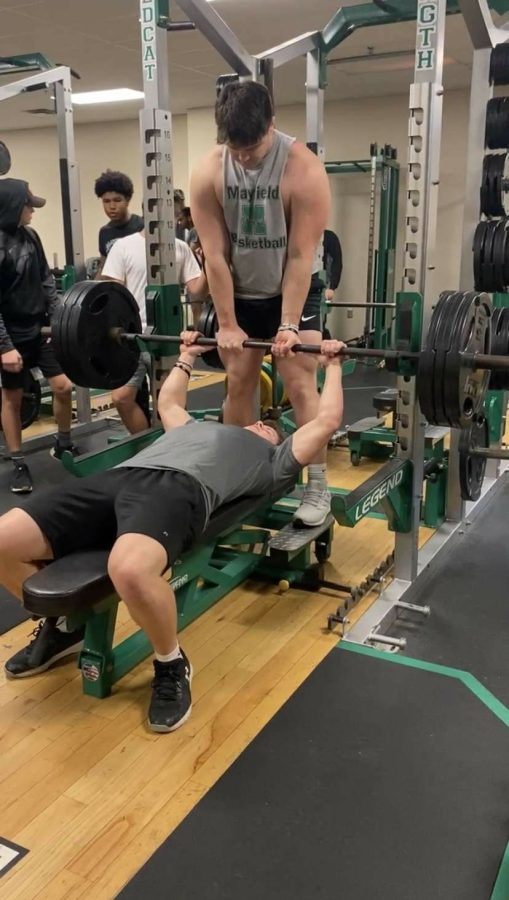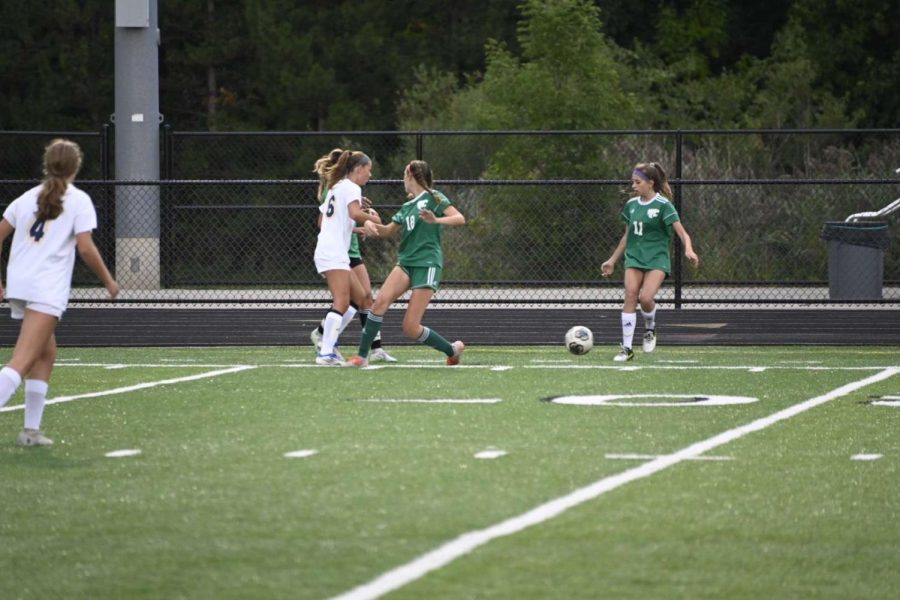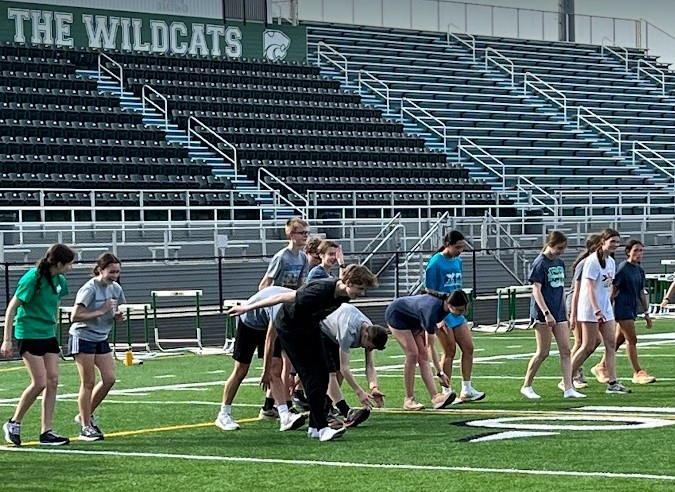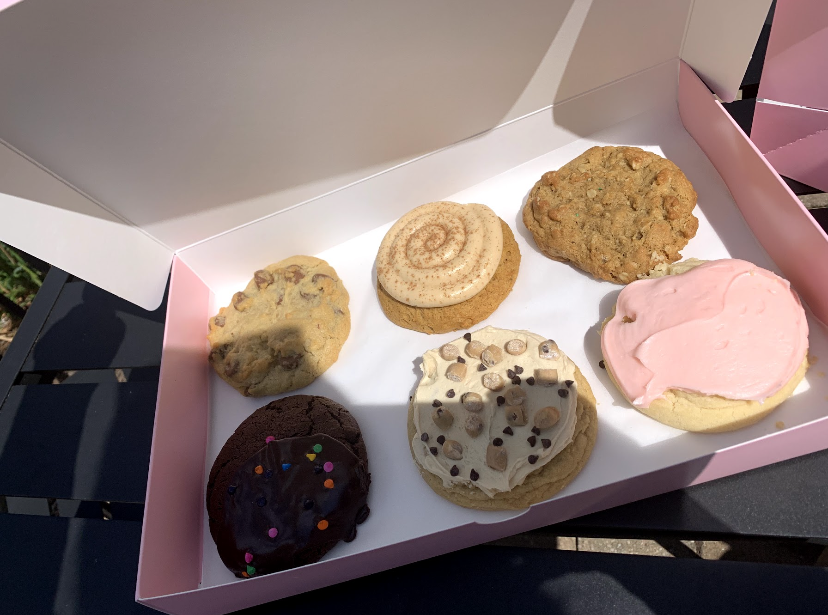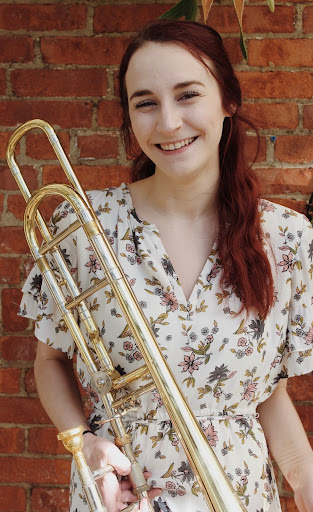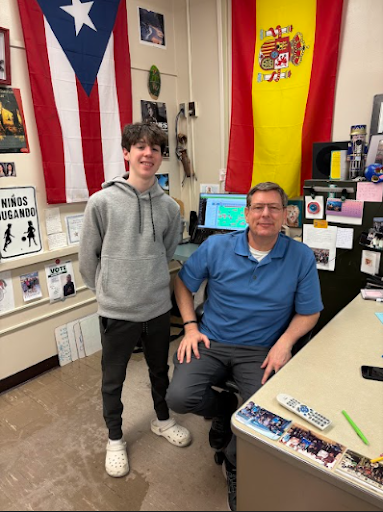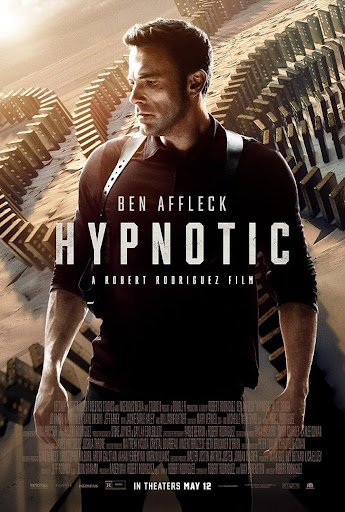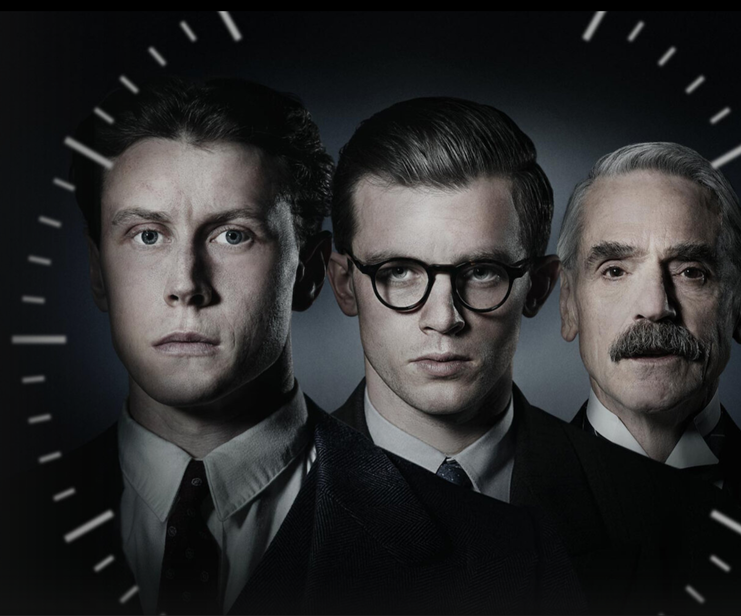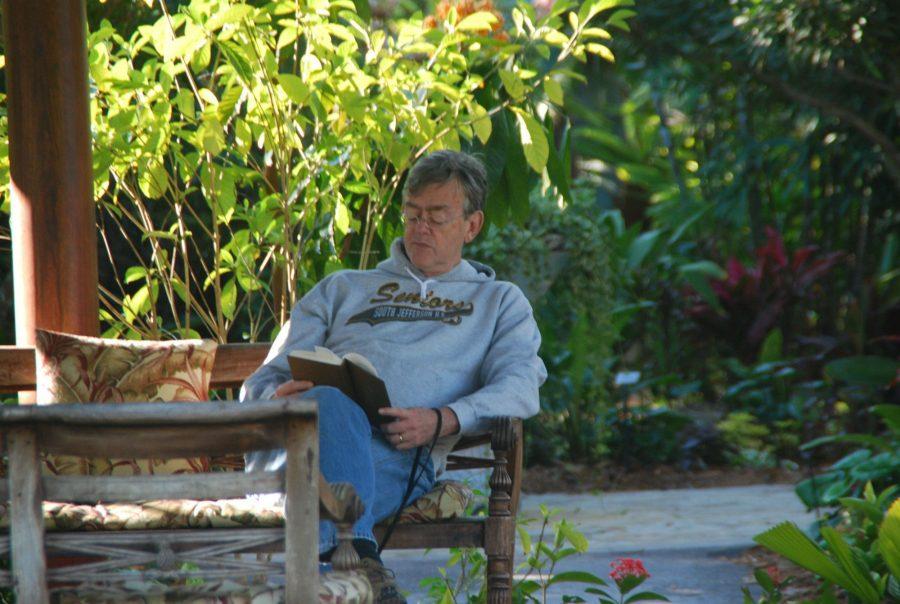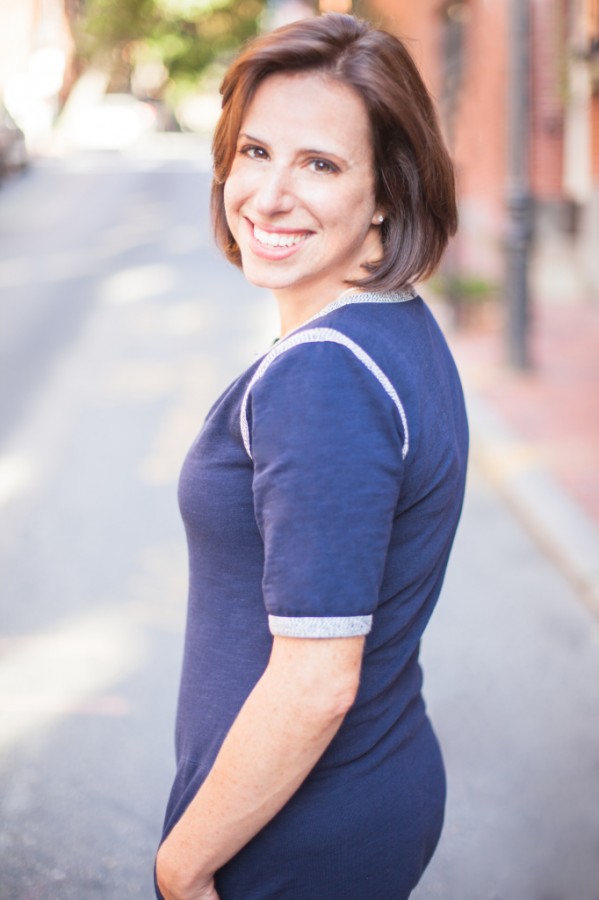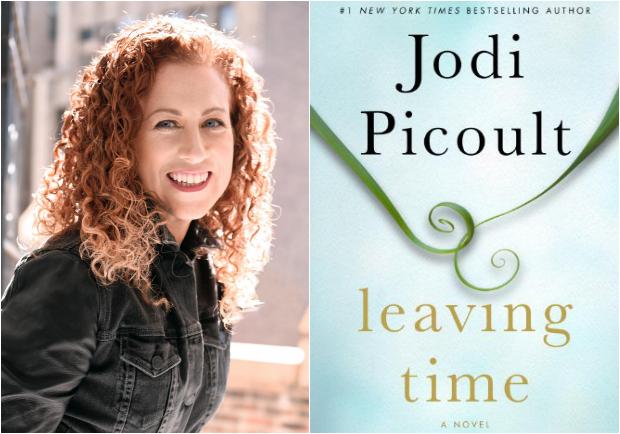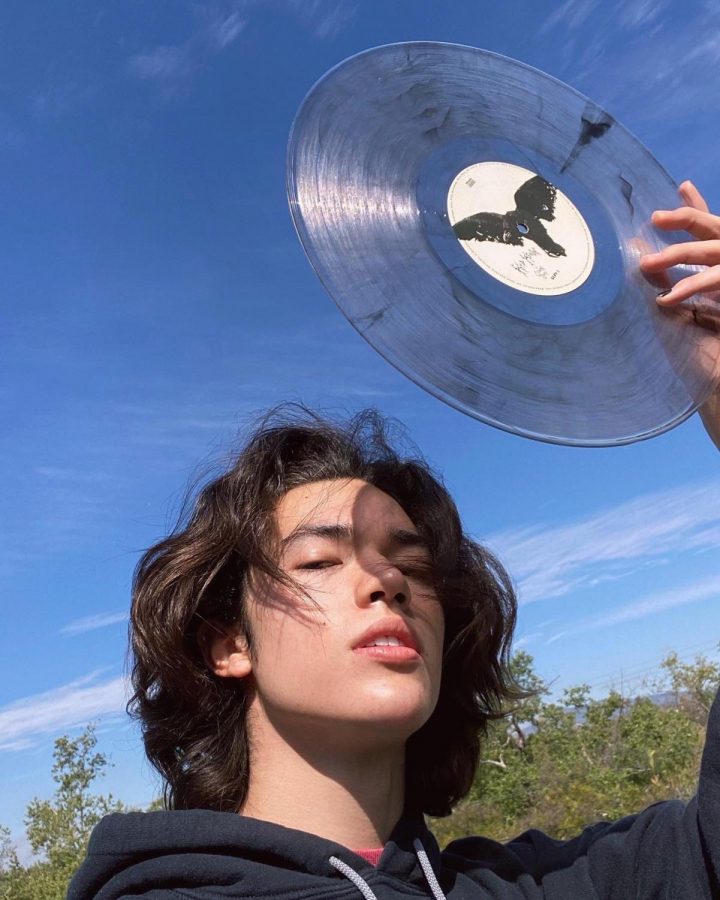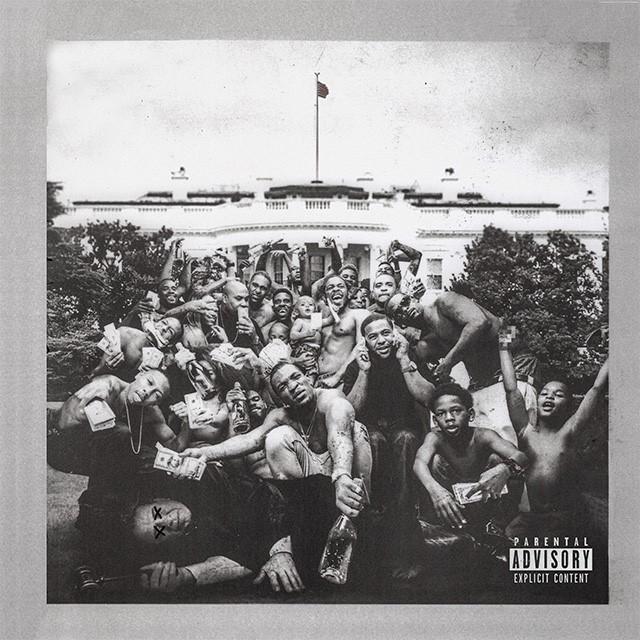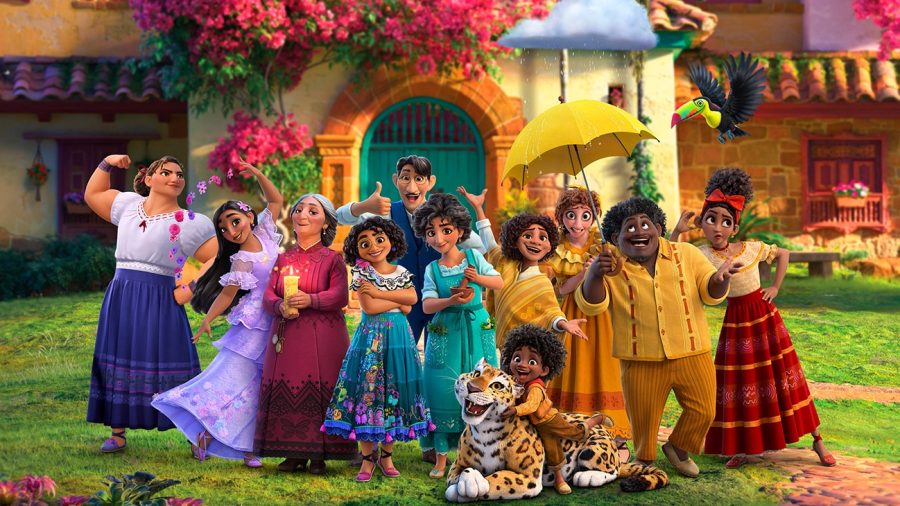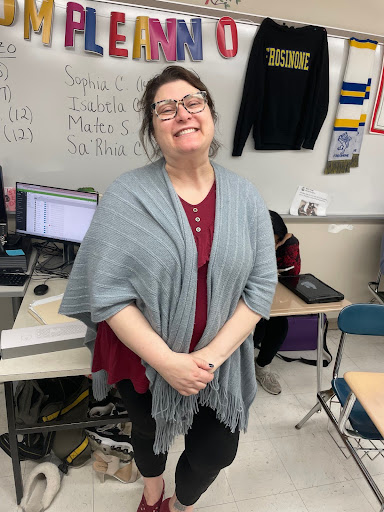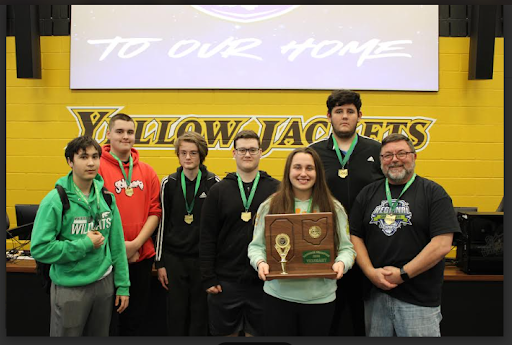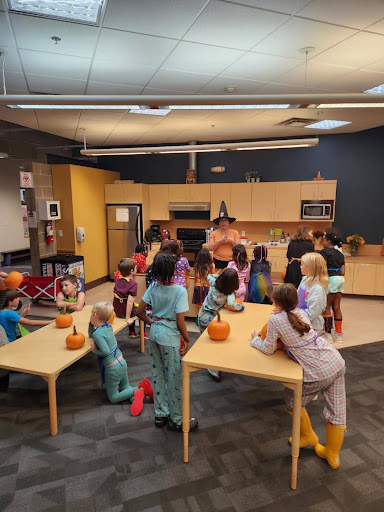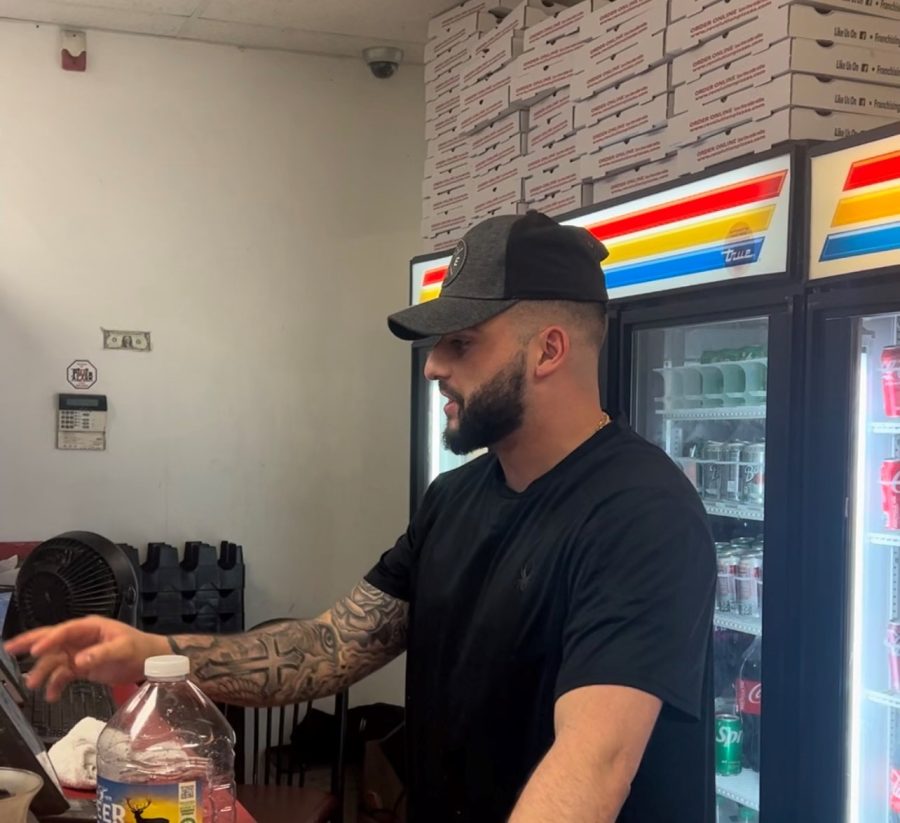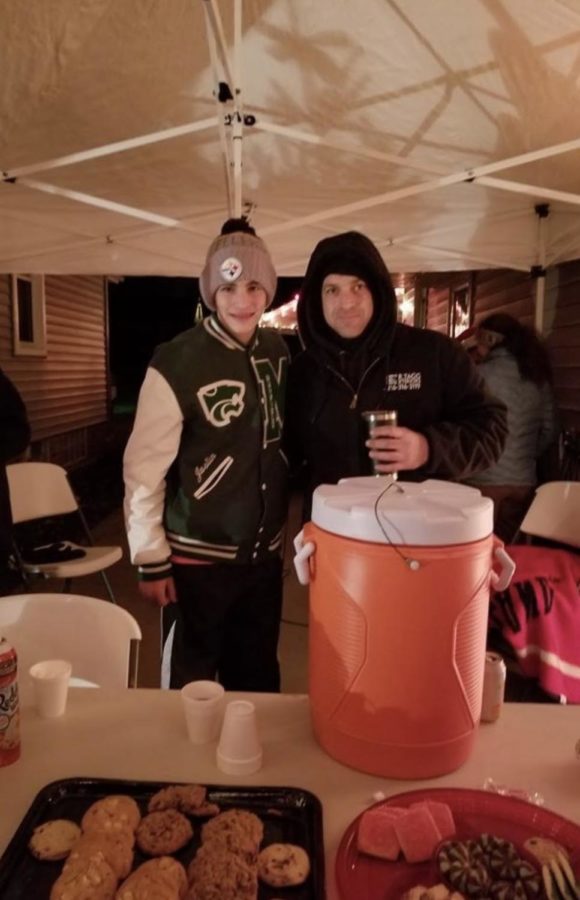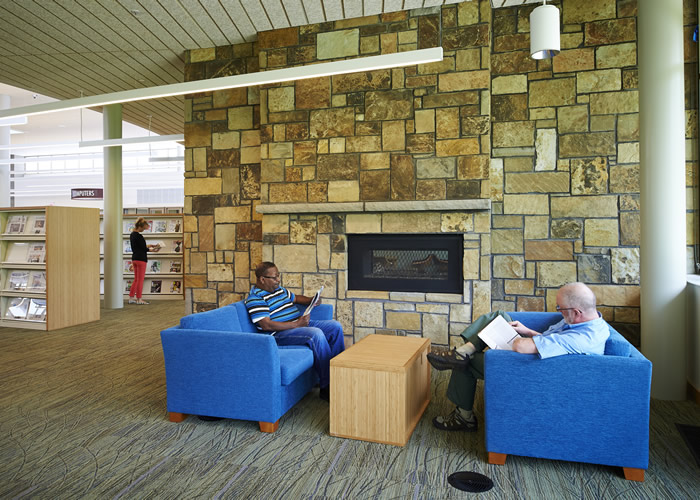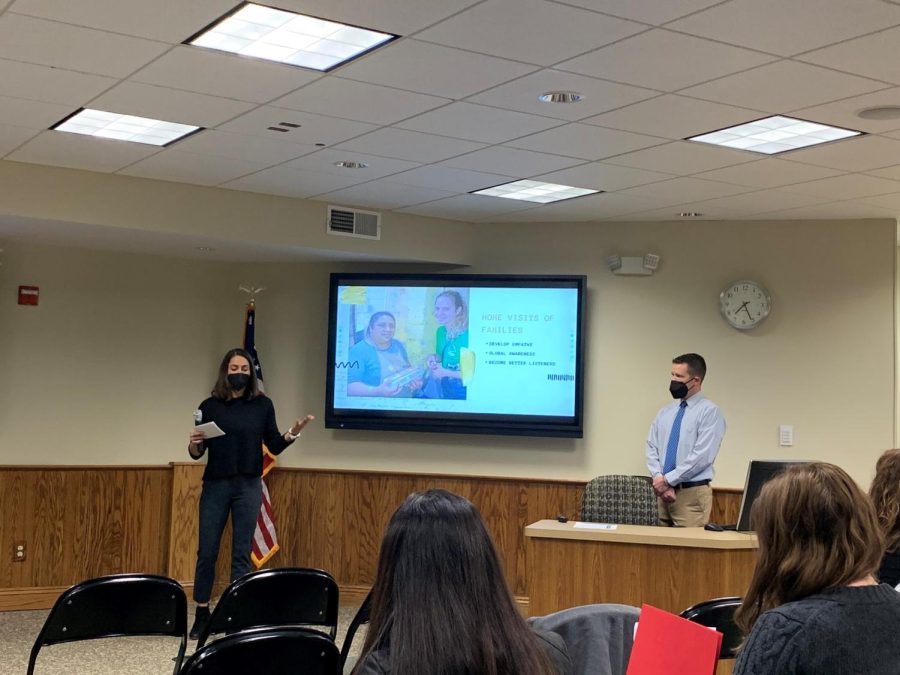Teachers address race through class discussions
Jeff Legan’s official Twitter account
At the Board of Education office on Jan. 19, 2022, science teacher Melissa Spigutz presents how she teaches empathy for marginalized communities. Science teacher Bob Friel also presented.
May 20, 2022
Throughout the school year, high school teachers talk about race in their classrooms through discussions, academic videos, books, and more.
English teacher Kari Beery incorporates many lessons on race including watching the Scottsboro trials and holding Socratic Seminars on “To Kill a Mockingbird” to discuss equality. She said, “The class allows students to kind of discuss things of that nature and kind of discuss things that the author is presenting so that they can become participants of critical thinking where, when they are informed about certain information, they can decide what they want to do with it.”
In “To Kill a Mockingbird,” the narrator Scout Finch is a young girl who asks several questions to better understand a criminal case with racial prejudices. Beery thinks asking questions in class and examining Scout Finch’s questions can be important to changing the world. Beery said, “When it comes to those things, is that still happening today and maybe, if it’s not, there’s been great progress and if it is still, how can you change that?”
Beery also blends the Maltz Museum’s Stop the Hate writing contest into her curriculum, as the contest allows students to learn about racial injustices occuring in the world today. Beery said, “Sometimes [art and writing] can reflect some things that we don’t necessarily like to see because there’s things in our past that maybe we wouldn’t do the same if we had a different, if we looked at it a different way, saw it in a different reflection.”
Science teacher Melissa Spigutz addresses race in her classroom due to environmental issues that impact lower socioeconomic people, including Black and other non-white races. She said, “Environmental justice is a social movement to address the unfair exposure of marginalized communities which a lot of times tend to be people of lower socioeconomic status and also people that are minorities.”
She integrates multimedia into her lessons, such as “Before the Flood,” which is a climate change film that shows the living conditions of racial and economic minorities on islands and in developing countries. Spigutz said, “Whether or not it’s in the United States, it’s usually small island nations that are being affected and they’re not even the ones causing all of the greenhouse gas emissions that are causing sea levels to rise. They are the ones feeling the brunt of the impact.”
Additionally, Spigutz blends documentaries into her course that reveal the destruction of the environment for highway systems and land usage, which has historically displaced racial minorities. She said, “It really does allow students to see how deeply connected people are to what we do to the environment and even if it doesn’t affect you or I personally, it’s affecting someone else.”
Social Studies teacher Joshua Hayes lectures and assigns classwork on important historical, racial aspects in American history. He said, “But the underpinning principles, especially in a government class, of equality of opportunity and things like that and different amendments, like the abolishing of slavery, the eliminating of discriminatory voting practices, and that is embedded within teaching. All of that is the understanding that it applies to people of all races.”
According to Hayes, students learn historical facts by being an active part of his lectures. Hayes said, “You’re not trying to guide things the way you want them, [but instead] you’re teaching it the way it was. Here’s a time where America had discriminatory and racist policies embedded within their, within our system; and, here’s how it’s changed over time, here’s what it is today, and so on and so forth.”
In Spigutz’s science course, class discussions are also important when addressing how racial minorities globally tend to have less education and access to contraceptives, causing their births and environmental struggles to skyrocket simultaneously. She said, “Hopefully people can understand that we should care about community members whether it’s the Mayfield community, our Ohio community or just people in general.”
Empathy is also important to Beery, as she assigns an essay or poem for students to consider other people’s points of view in regards to race and equality. She said, “[It] can kind of also give us a lens as to how things, how art mimics life during a certain time, how certain authors are pushing against boundaries and telling stories to ask for change or to at least visual things that are happening in their community.”
For Hayes, his teaching philosophy is that discourse is better than being silent. He said, “In all my classes, I try to lay the groundwork that nobody’s voice is off limits here. If you want to share something, go, feel free, but you can share an opinion without being insulting or condescending.”
